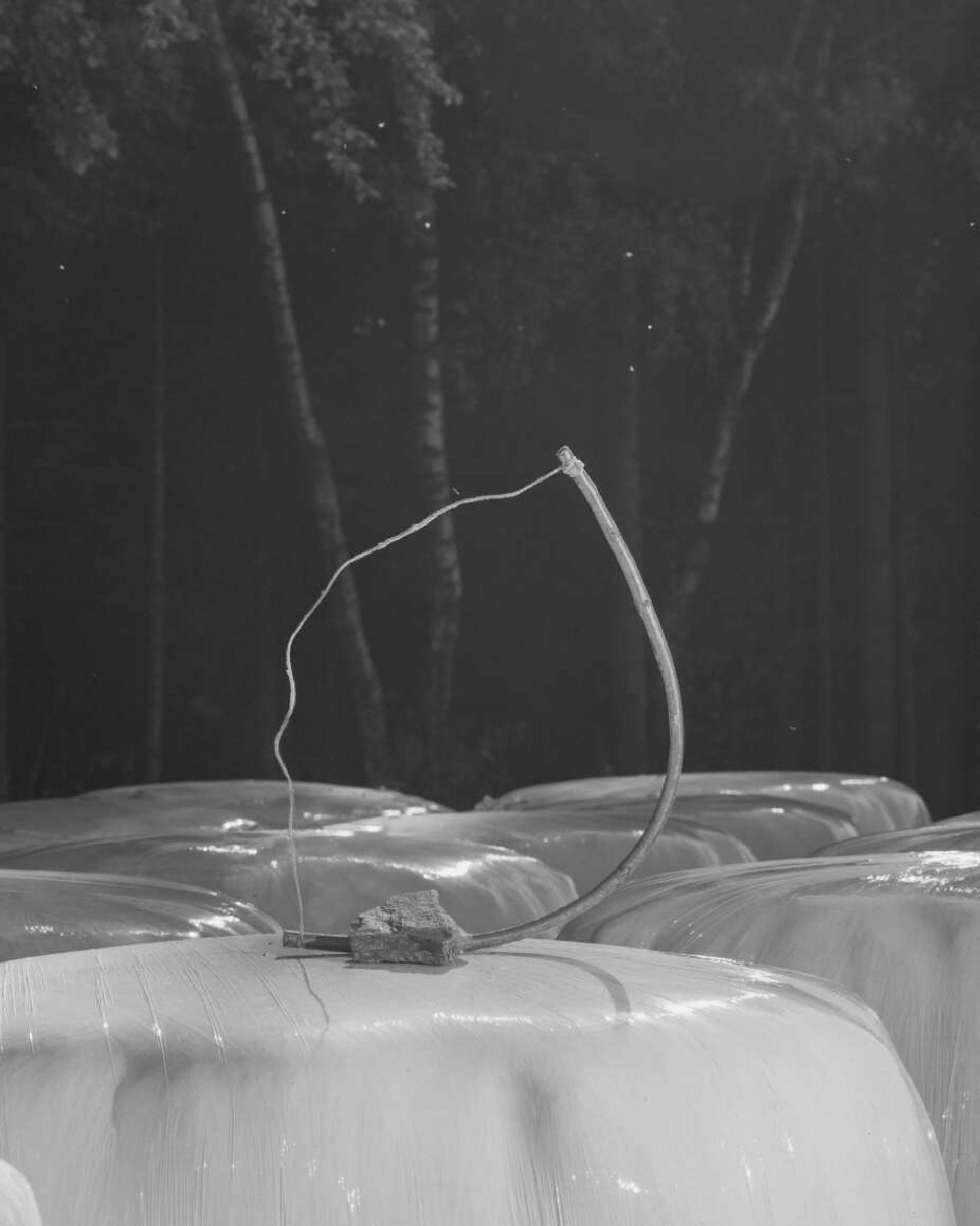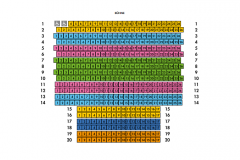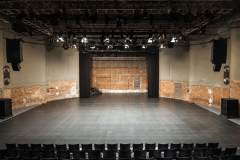Late Night Tango
April 2025 | ||||||
|---|---|---|---|---|---|---|
Mo | Tu | We | Th | Fr | Sa | Su |
Program and cast
Bass MATTI SALMINEN
Members of the Finnish Radio Symphony Orchestra
Finnish Tango
SZENE Salzburg
The Stadtkino ('City Cinema')
Originally on the site of today’s multi-purpose venue for broad range of artistic projects there was a building which was used by the Museum Carolino Augusteum (nowadays the Salzburg Museum). In October 1944 it was largely destroyed by the first bomb attack on the city. Instead of rebuilding the museum after World War II, the first cinemascope cinema in Salzburg – named Stadtkino (City Cinema) – was established in 1950 with American support. During the early years, the cinema mainly showed Hollywood movies but also hosted boxing matches and concerts with Schlager singers Caterina Valente and Vico Torriani.
In 1954 the bar of the cinema was enlarged and operated under the name of Cafe 21. Guests were able to enjoy burgers and hot dogs - for the first time in Salzburg. Many artists who were engaged at the Salzburg Festival frequented the café, such as Judith Holzmeister, Helmut Qualtinger and Dimitri Mitropoulos.
Home of the SZENE Salzburg
In 1984, the Stadtkino was affected by the consequent demise of cinemas in the city. The venue was assigned to the adjacent Museum Carolino Augusteum for its expansion.
As their former home Petersbrunnhof (today home of the Schauspielhaus) was scheduled for conversion, the cultural association SZENE Salzburg made the former Stadtkino their temporary premises in 1986. Due to the SZENE’s summer festival’s success, the original plan was altered: The venue was awarded to SZENE Salzburg and now bears the same name as the cultural association (after a period when it was named 'republic').
In 1993 and 2002, the infrastructure of the venue was improved. With approximately 100,000 visitors and 150 events per year, the SZENE Salzburg does not solely use the venue for its own events, but manages it as a public cultural centre. Furthermore, many other cultural institutions use the venue for music, theatre, music theatre and dance projects.

 EN
EN DE
DE IT
IT FR
FR ES
ES RU
RU JP
JP RO
RO
 Seating plan
Seating plan 